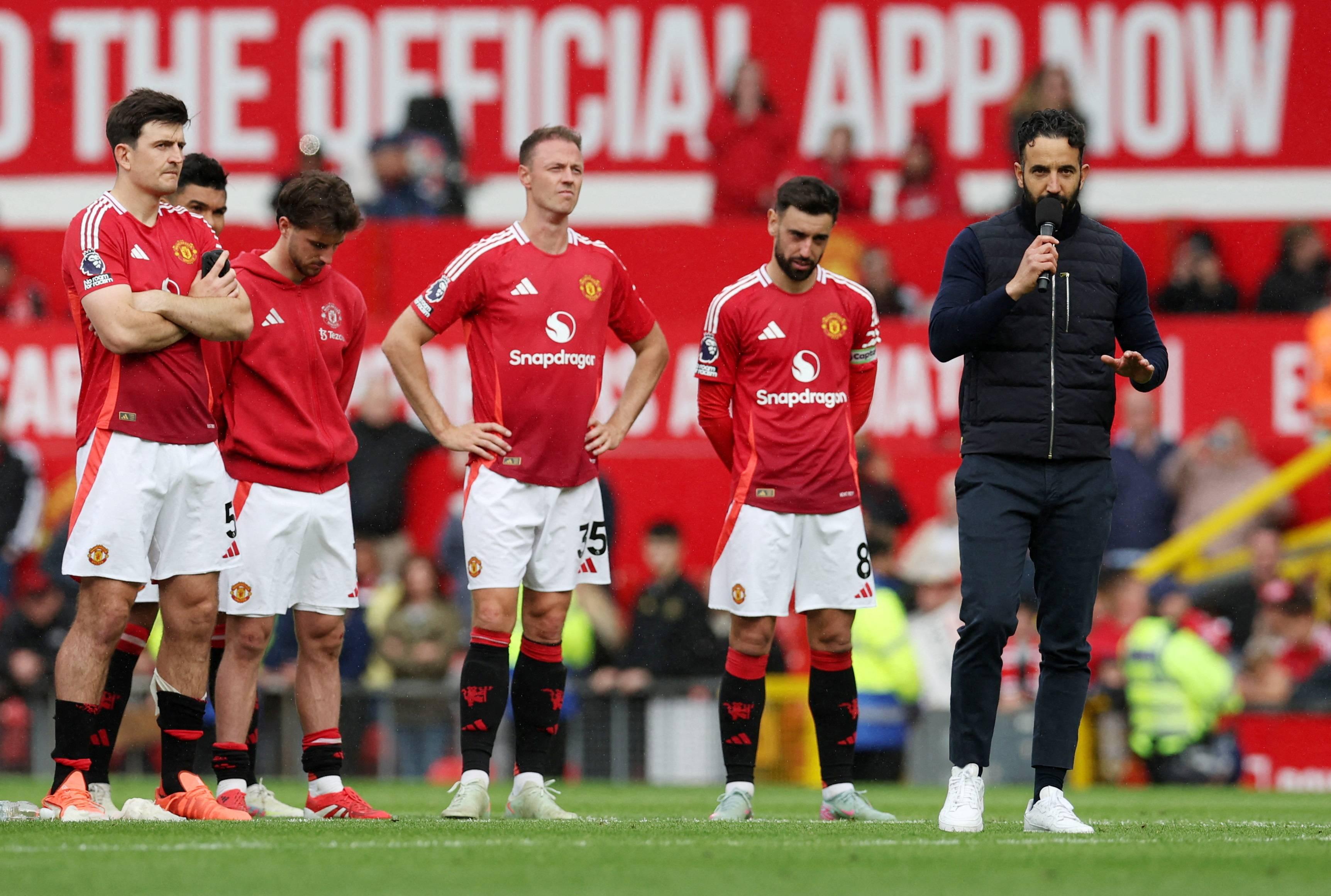
The 2024–25 season will be remembered as one of the darkest chapters in Manchester United’s storied history. From Erik ten Hag’s sacking to Rúben Amorim’s ill-fated reign, from a historic Premier League nadir to a heartbreaking Europa League final defeat, the campaign was defined by turmoil, tactical missteps, and a failure to live up to the club’s legacy. Here’s a comprehensive analysis of a season that left fans and pundits alike questioning the club’s direction.
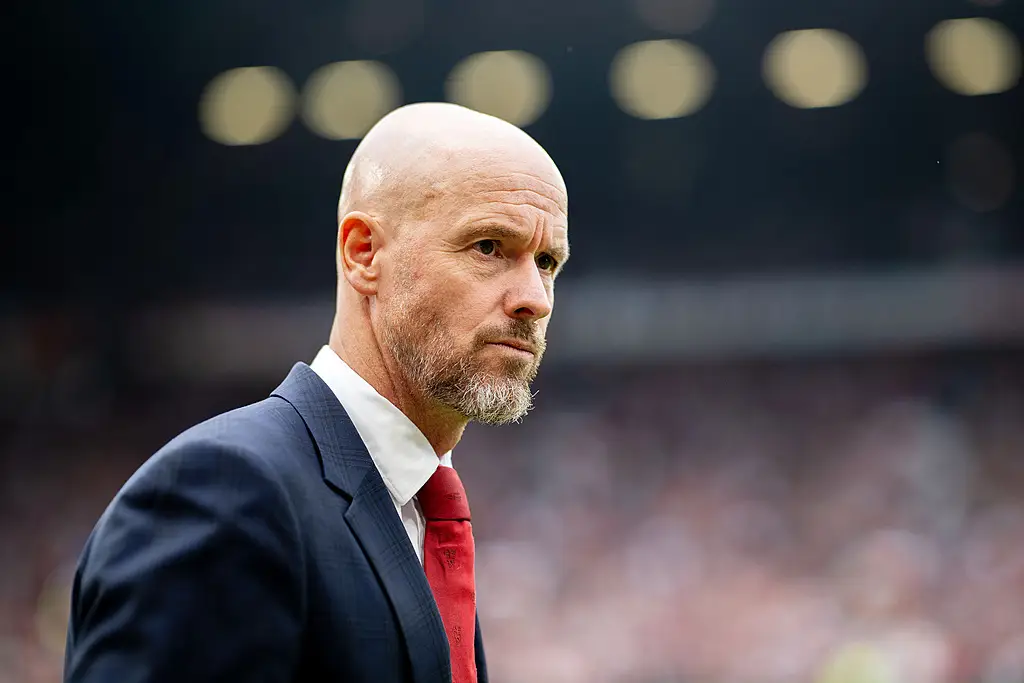
Erik ten Hag’s Demise: A Season Unravels
Ten Hag entered the season under pressure after a disappointing 2023–24 campaign, but few anticipated the rapid unraveling of his tenure. His rigid 4-2-3-1 system, once praised for its structure, became a liability as teams exploited United’s lack of width and creativity. By October, the Dutchman’s flaws were laid bare: four wins in nine league matches, a -3 goal difference, and a humiliating 3–0 defeat to Tottenham Hotspur. The final straw came in the Europa League, where United failed to win any of their first three group games despite leading in all three .
Ten Hag’s inability to manage a fractured dressing room—exemplified by public feuds with Jadon Sancho and Marcus Rashford—proved fatal. His sacking on October 28, just 116 days after signing a contract extension, marked the end of a disastrous era. The club paid £14.5 million to terminate his contract, a staggering cost for a manager who oversaw United’s worst start to a league season since 1989–90.
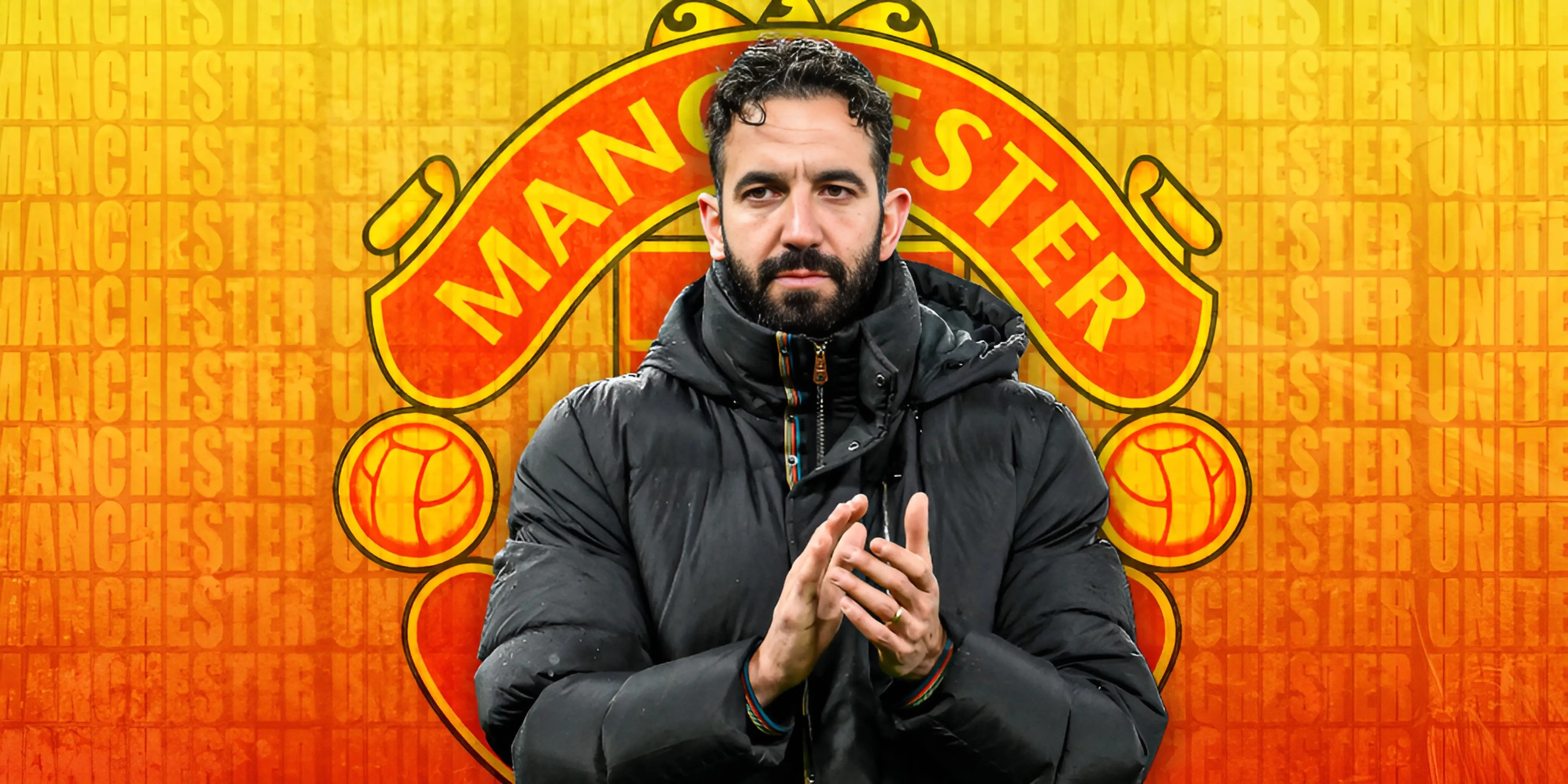
Rúben Amorim’s Brief Reign: Tactical Ambition and Unfulfilled Promise
Portuguese tactician Rúben Amorim was hailed as a breath of fresh air when he arrived in November. His 3-4-2-1/3-2-2-3 hybrid system aimed to inject creativity through overlapping wing-backs and a deeper role for captain Bruno Fernandes. Early signs were encouraging: a 2–1 win over Manchester City in the Manchester Derby and a thrilling 4–1 comeback against Lyon in the Europa League quarter-finals showcased his tactical flexibility .
However, Amorim’s reliance on unproven youth and misjudgments in big games proved costly. In the Europa League final against Tottenham, his decision to abandon the defensive solidity that carried United to Bilbao backfired. Playing Luke Shaw at left-center-back and deploying Mason Mount in a mismatched midfield role left the team vulnerable. Tottenham capitalized through Brennan Johnson’s 11th-minute goal, while Van de Ven’s sensational goal-line clearance denied United an equalizer.
Amorim’s tactical tinkering also failed to address United’s Premier League woes. Despite occasional flashes of brilliance—such as Amad Diallo’s winner at the Etihad—the team stumbled to 15th place, their lowest league finish since 1973–74. Their 44 goals scored and -10 goal difference were the worst in the club’s Premier League history.
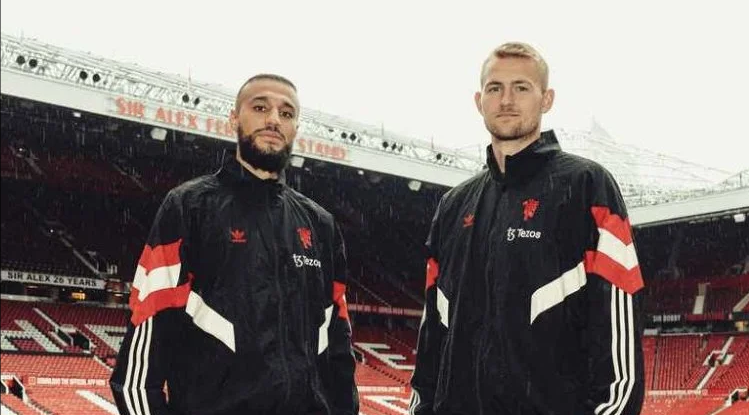
Summer Window: Youthful Revolution and High-Price Risks
In the summer of 2024, under the leadership of new sporting director Dan Ashworth, Manchester United launched a dual transfer strategy of "youth development + immediate impact," but the final results were a mix of success and failure.
Key Signings:
Lenny Yoro (Center-back, €62 million from Lille)
The 18-year-old French prodigy was hailed as the "next Raphaël Varane," but his arrival sparked significant controversy—his €62 million transfer fee set a new record for the highest transfer fee for a center-back by age in European football. Despite his impressive physical attributes, Yoro struggled with inexperience early in the season, making frequent errors, and only gradually adapted to Premier League intensity after the winter window.
Manu Ugarte (Defensive midfielder, €50 million + add-ons from Paris Saint-Germain)
The Uruguayan enforcer was seen as the key to revitalizing United’s midfield. Though initially criticized for poor fitness, he showed remarkable improvement in pre-season: his average match running distance reached 11.4 km, and his success rate in high-press interceptions rose to 38%, gradually emerging as the "midfield general" in Amorim’s tactical system. However, his substitute role in the Europa League final highlighted lingering inconsistencies.
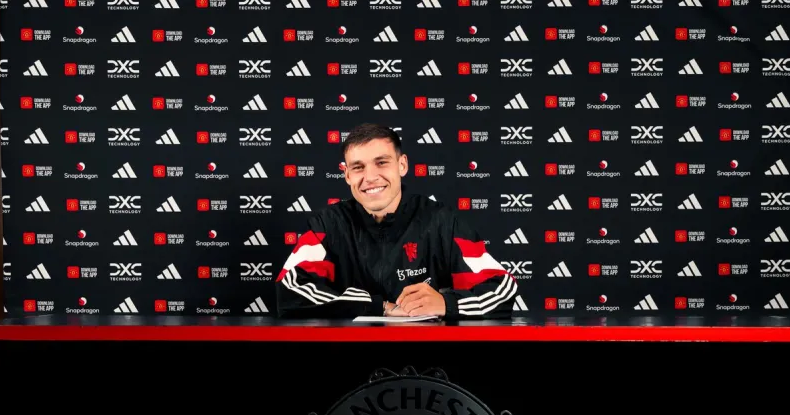
Matthijs de Ligt (Center-back, €45 million from Bayern Munich)
The Dutch international was highly anticipated before Ten Hag’s sacking but struggled after switching to a three-center-back formation. Despite making 42 appearances, his weaknesses in turn speed and positional awareness were repeatedly exploited, with his market value plummeting from €65 million to €45 million—making him one of the fastest-depreciating center-backs in United’s history.
Key Departures:
Scott McTominay (€30.5 million to Napoli): The departure of the Scottish enforcer exposed United’s lack of midfield depth, forcing the club to field 18-year-old Sékou Koné in the winter window.
Mason Greenwood (£23.7 million to Marseille): After a public backlash, United eventually sold the academy graduate at a "loss-cutting price," ending his Red Devils career entirely.
Winter Window: Clearing Dead Weight and Low-Cost Gambles
Facing Premier League relegation pressure, United adopted a "desperate survival" approach in the winter window, focusing on offloading high-wage, low-performance players and attempting to unearth hidden gems at low costs.
Key Signings:
Patrick Dorgu (Wing-back, €30 million + €5 million add-ons from Lecce)
The Danish prospect was dubbed the "new Andrew Robertson" before his arrival but underwhelmed in reality. Despite 9 successful duels and 6 clearances in the match against Everton, his cross success rate stood at just 25%, failing to solve the right-sided attacking stagnation.
Eden Hawe (Center-back, £1.5 million from Arsenal)
The 18-year-old England U21 international joined for a "bargain price" and became an unexpected bright spot in the defense late in the season. In 6 appearances, he showed composure beyond his years, with an 82% clearance success rate, earning praise from Amorim as “a model of low-risk, high-reward signings.”
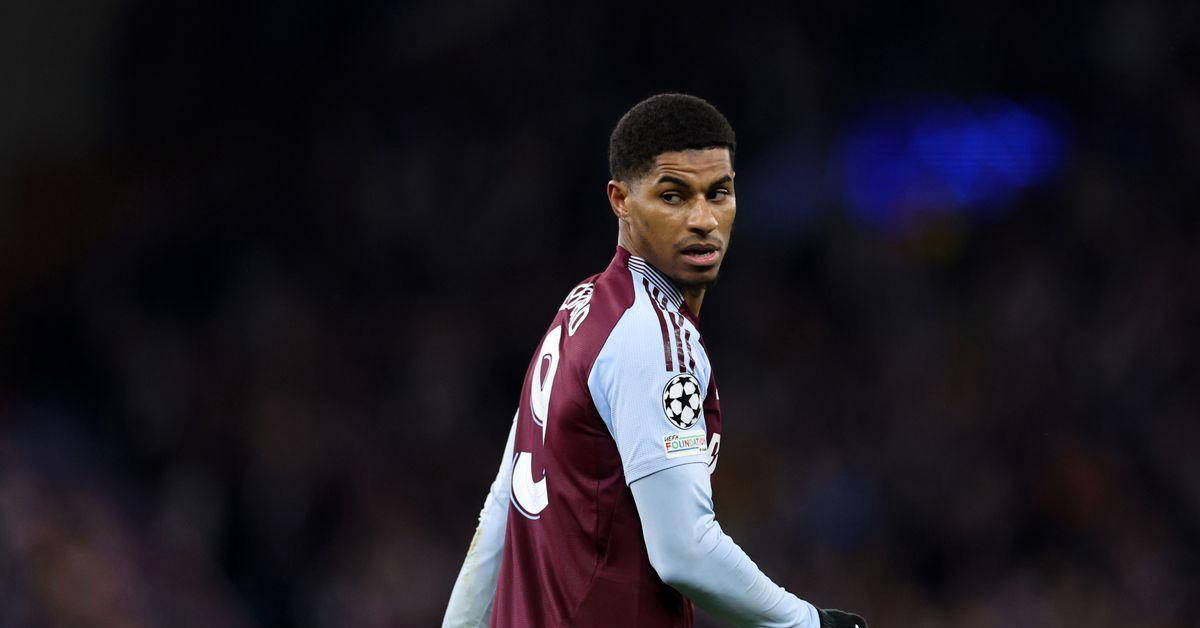
Key Departures:
Marcus Rashford (loaned to Aston Villa with a £40 million buyout clause): The departure of this academy icon symbolized the end of United’s "reliance on superstars." In his final season at Old Trafford, he scored just 4 goals, with his £350,000-per-week contract becoming a heavy financial burden.
Antony (loaned to Betis, with Betis covering 84% of his wages): The Brazilian winger, signed as the "most expensive winger in history," remained inconsistent, and his departure reduced United’s wage bill by approximately £8.7 million.

Strategic Reflections:
Net winter spending was just €31.5 million, but the transfers were criticized as "treating symptoms rather than the root cause." While offloading high earners like Rashford and Antony, United failed to address midfield and wing weaknesses, leaving the right flank vulnerable to Tottenham’s dominance in the Europa League final. The only silver lining was Hawe’s emergence, though his future requires more game time to confirm.
Ripple Effects in the Transfer Market
Financial Black Hole: Despite a €112 million net summer spend + winter wage savings, United’s Q2 net loss widened to £22.2 million. Broadcast revenue dropped by £42.1 million due to missing out on Champions League qualification, further straining finances.
Tactical Compatibility Disaster: Among summer signings, only Ugarte and Yoro adapted to Amorim’s 3-4-2-1 system; high-priced players like de Ligt became substitutes due to tactical mismatches, highlighting a communication gap between management and the coaching staff.
Over-Reliance on Youth Academy: To balance the books, United was forced to sell academy graduates like McTominay and Hannibal Mejbri, leaving the midfield overly youthful (Kobbie Mainoo and Koné with an average age of 19.5) — a lack of experience that proved costly in key matches.
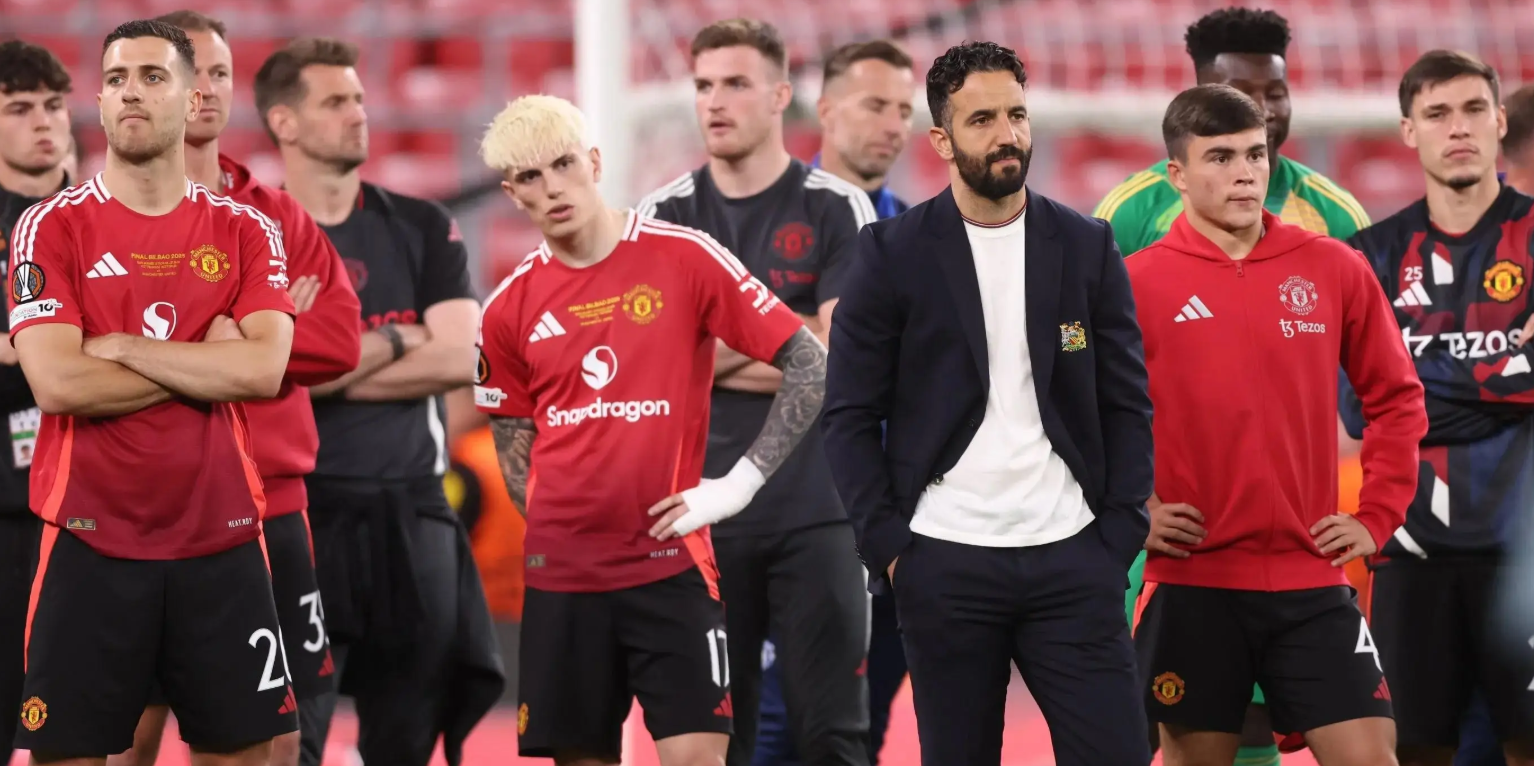
A Team in Crisis: Injuries, Inconsistencies, and Departures
United’s season was plagued by catastrophic injuries. Lisandro Martínez’s cruciate ligament injury in January ruled him out for the season, while Luke Shaw and Harry Maguire’s recurring fitness issues left the defense in disarray . Midfield lynchpin
Mason Mount missed crucial games with a head injury, exacerbating United’s lack of control in central areas .
The squad’s fragility was compounded by ill-advised transfers. Signings like Matthijs de Ligt (£41m) and Lenny Yoro (£56.5m) failed to justify their fees, while departures of key players like Aaron Wan-Bissaka (£16m to West Ham) weakened the team further . The summer decision to recall Mason Greenwood from Getafe and then sell him to Marseille for £23.7m—after public backlash—highlighted the club’s chaotic recruitment .
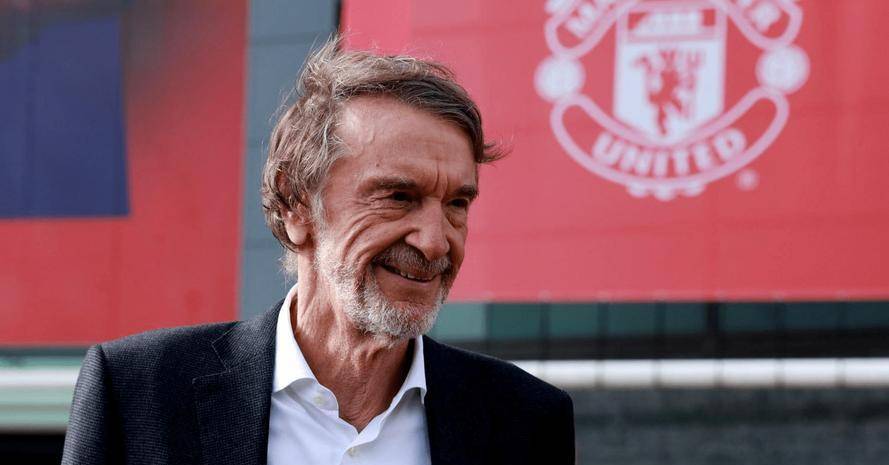
Financial Fallout and Fan Discontent
The season’s failures had severe financial consequences. Missing out on Champions League qualification triggered a £42.1 million drop in broadcast revenue, while the club’s second-quarter net loss ballooned to £22.2 million . To cut costs, United axed 200 jobs, reduced staff benefits, and even stripped Sir Alex Ferguson of his ambassadorial role—a move that symbolized the club’s disconnect from its heritage .
Fans reacted with fury. Protests outside Old Trafford demanded the Glazer family’s exit, while a 5% ticket price hike and new “premium seating” angered supporters already reeling from on-pitch mediocrity . The club’s Asia tour, marred by high prices and player indiscretions—including Amad Diallo’s controversial gestures—only deepened the divide .
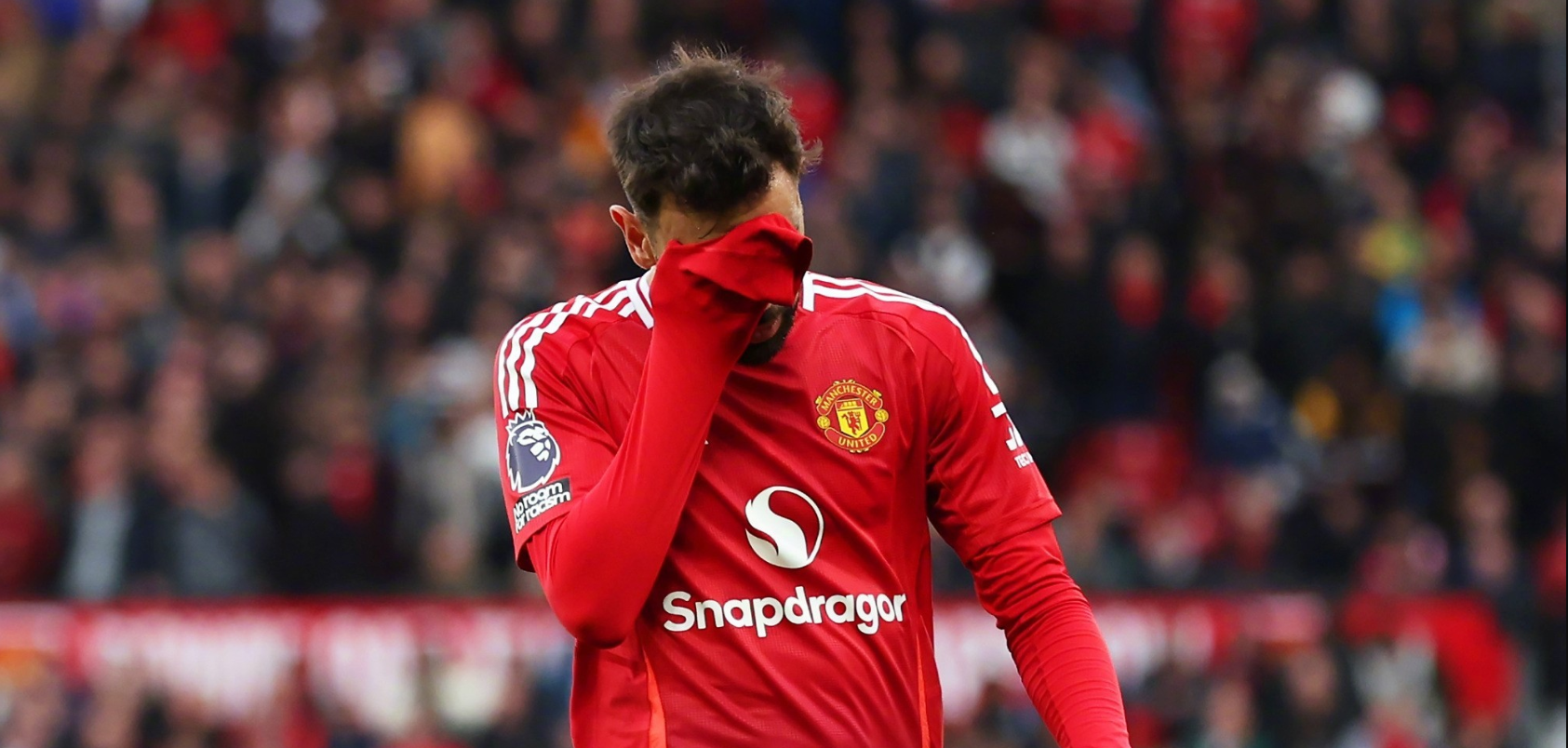
Looking Ahead: Rebuilding or Relapse?
Amorim insists a “new dawn” is possible, but his task is Herculean. The club’s £100m transfer budget—dwarfed by rivals like Manchester City—must be spent wisely, with priority on a clinical striker and a commanding defensive midfielder . The youth academy, which produced Kobbie Mainoo and Amad Diallo, offers hope, but the team’s aging core—Cristiano Ronaldo’s late-season return notwithstanding—needs urgent renewal.
The Glazers’ partial sale to Sir Jim Ratcliffe has done little to alleviate concerns about the club’s ownership structure. With Amorim’s tactical philosophy yet to take root and financial pressures mounting, the 2025–26 season will be make-or-break for United. As the manager himself admitted, “Next season is not just important—it’s essential” .
In the end, the 2024–25 season will be remembered as a cautionary tale of mismanagement, tactical hubris, and a failure to adapt. For United to reclaim their place among Europe’s elite, they must confront the systemic issues that led to this historic collapse—and quickly. The clock is ticking.
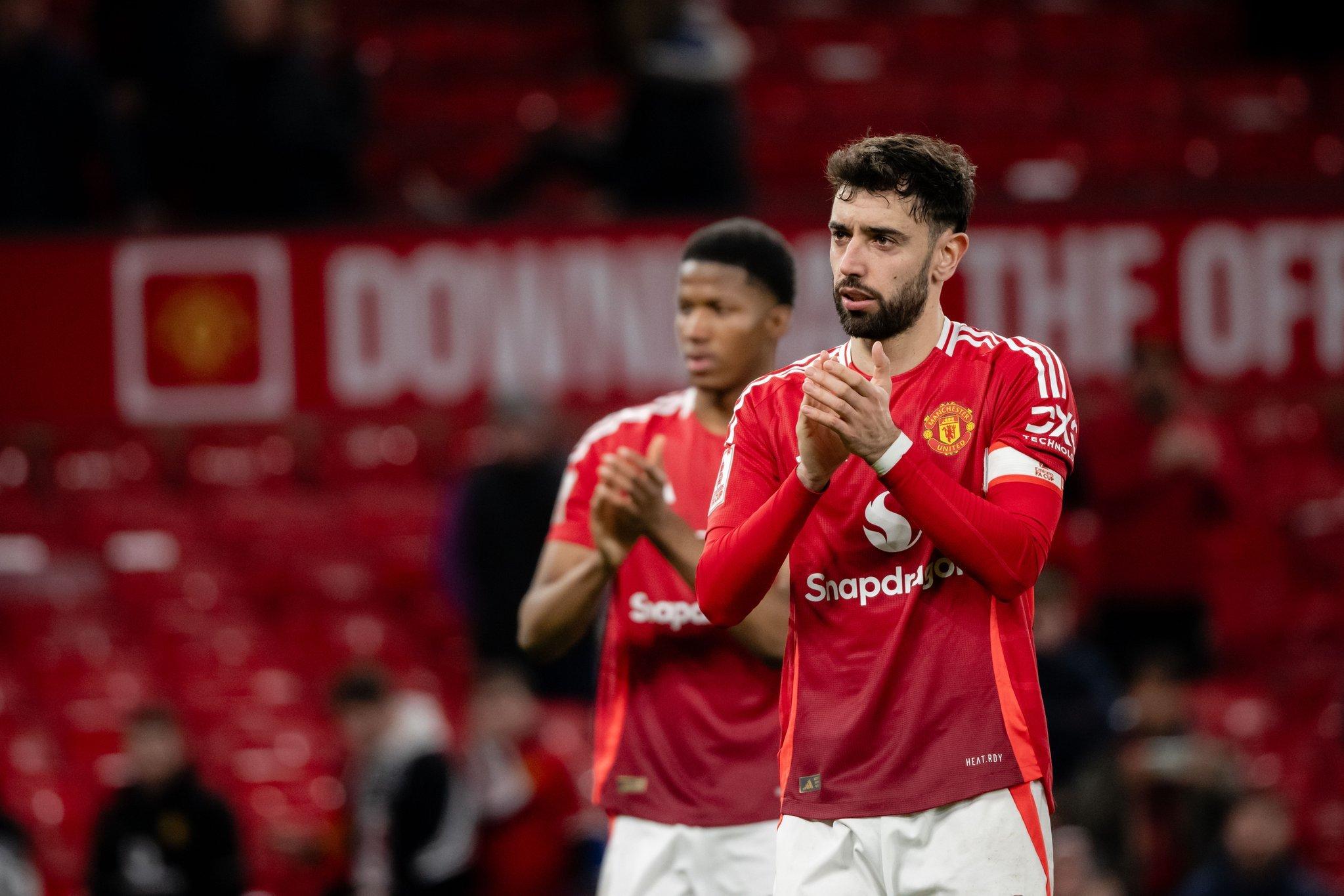
Key Statistics:
Premier League finish: 15th (42 points, 11 wins, -10 GD)
Europa League: Runners-up (0–1 vs. Tottenham)
Top scorer: Bruno Fernandes (19 goals, 16 assists)
Financial loss: £22.2 million (Q2 2024–25)
Injured players: Lisandro Martínez (ACL), Luke Shaw (calf), Mason Mount (head injury)




